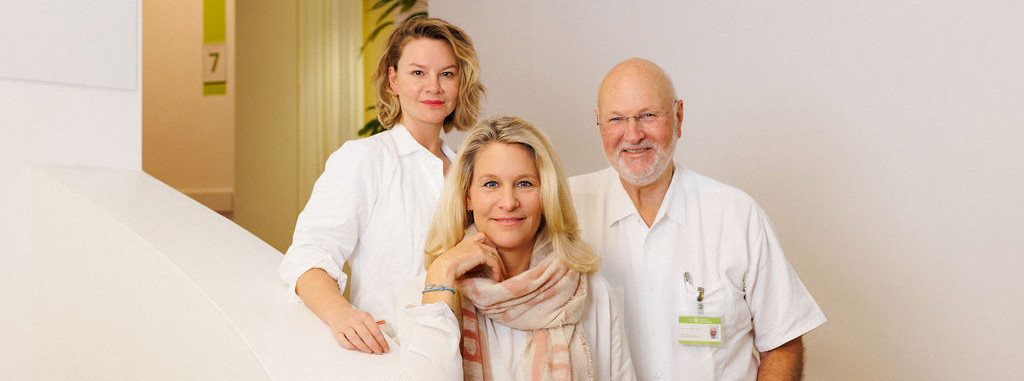Sunday, April 18th 2021
Video
One challenge is always to assess the needs of those affected. We do not want to treat a disease, but people as whole in their social environment and their very personal life story.
In the beginning, Parkinson's disease was primarily a movement disorder, but in recent years the non-motor symptoms have increasingly become the focus of interest. In many cases, these complaints are more important in terms of suffering than the motor disabilities. But bladder disorders, sweating, insomnia and fluctuations in blood pressure are not all characteristics of the condition either.
In the usual setting of a neurological practice, one only sees a moment - which may well be half an hour to an hour long - but never a progression over the course of the day. Not even in inpatient care.
We spend a great deal of time on the different phases of the day, the morning start, the different reactions to medication or the day's needs. And yet many moments remain in the dark. Accompanying relatives report again and again that the performance in the ordination setting is much better than at home. Or the tremors and dyskinesias are much more pronounced, and they wouldn't bother at all at home. The picture we get in the practice therefore corresponds in very few cases to the reality of those affected and their relatives.
We need more information.
We want to bring about a paradigm shift and move away from the dialogue in the practice as the only source of information, often enough under time pressure.
However, there are now a number of simple measurement systems, mobile phone apps and sensors that provide excellent data and give us an objective insight into the true daily routine under everyday conditions. A personalised approach is just developing here, leading to individualised therapy.
